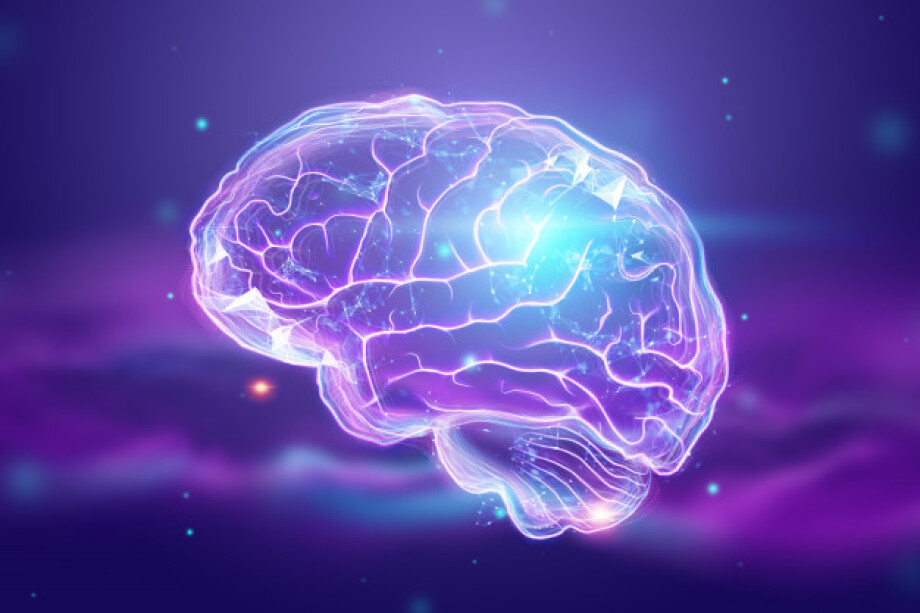Technologies are developing incredibly fast. So fast that I have already heard from a person who doesn’t know English: “Why should I learn it? Soon, technologies, e.g. Google Translate, will help us communicate.” Well, I certainly disagree with this opinion, but in this article, I would like to discuss how Artificial Intelligence (AI) is now used on English lessons.
What is AI?
In simple words, Artificial Intelligence is the creation and development of intelligent machines that can act like humans. All the mental processes that take place in a human brain are simulated by machines so that the computer can learn, reason and even self-correct. AI makes it possible for machines to learn from their previous mistakes and experience. Thrilling, isn’t it?
How is it used in teaching and learning nowadays?
- As you probably know, there are numerous applications that can analyze voice and pronunciation of certain words that a student says, while learning them (e.g. AWord, “Skyeng” for students and teachers of the Skyeng school, Anki, LinguaLeo, Memrise). Most of the applications for learning words analyze in what words or phrases the student makes mistakes and offer them for review at the next learning session.
- Most programmes for online conferencing capture the person who is speaking during the group discussion and demonstrate him/her in the centre of the screen (e.g. Zoom). Moreover, recently, Skyeng school has developed a new feature of its platform, which analyzes the facial expressions of a teacher and a student, captures snapshots of their smiles during the lesson and demonstrates them at the end of a lesson. It is a great way to finish the lesson on good terms. Moreover, Skyeng platform analyzes TTT and STT and helps teacher control the right proportion and let the student speak as much as possible.
- There are programmes for automatical spelling, grammar and punctuation check, for example, Grammarly. It can save teachers’ time in checking students’ written works and help students prepare for the written part of the exam without a teacher’s help. Of course, it corrects not all mistakes and sometimes corrects in the wrong way, but it does simplify a teacher’s life!
- IBM Tone Analyzer can understand the emotions and communication style in the text. It can even help understand your student’s mood when they were writing an essay.
- Tutor Mike (a language robot helping English learners to speak in English) can answer a number of questions on different topics (for instance, he can explain some grammar terms, give advice on learning English, check your spelling errors, remind you an irregular verb you forgot, tell you which verbs are followed by infinitive or gerund, and even answer some cross-cultural questions).
- Nowadays, Siri, Google Assistant and Amazon’s Alexa can be used as interlocutors for a student when he/she performs the hometask. The student can practice dialogical speech with the help of this voice helper (for instance, practice ordering food, giving orders, having small talk, etc.). They benefit the students in several ways: the program should inderstand the student’s speech, the students should understand what the program says and reply in an appropriate manner.
- In the nearest future, Virtual Reality and Augmented Reality will be used to unite language learners from different countries and promote communication in multiplayer games
- AI-powered digital teachers, for example, Parla, can be used to analyze students’ background knowledge, identify areas that are unclear for a student and compose a study plan.
Despite the speedy progress of artificial intelligence, the job of a teacher is still beyond danger. All the jobs that require communication, creativity, problem-solving, assessment are still best done by human beings. That is why it is essential to teach our students 21st-century skills to make them high-demand specialists in a robotized world.






 Вероника Аветисян
Вероника Аветисян 
 Маргарита Аветисян
Маргарита Аветисян 


